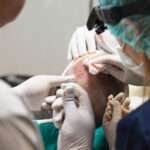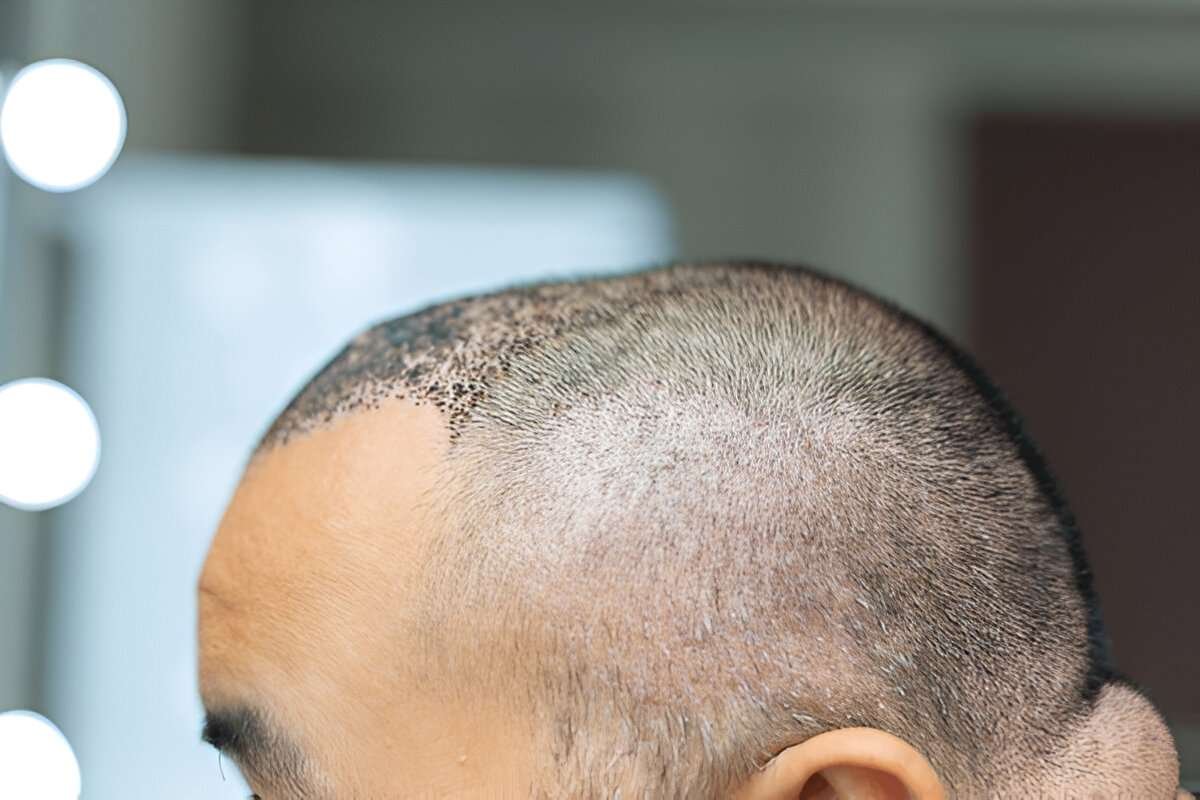A hair transplant is a significant step for many people dealing with hair loss, and the recovery process plays a crucial role in achieving the desired results. Understanding what to expect and managing your expectations during the recovery period is essential for a smooth experience and optimal outcome. Whether you are getting a hair transplant in London or visiting a hair transplant UK clinic, this article will guide you through the recovery process and help you set realistic expectations.
Understanding the Hair Transplant Procedure
Before diving into the recovery process, it’s essential to understand how a hair transplant works. The procedure involves taking hair follicles from areas with thick hair, typically the back or sides of the head, and transplanting them into thinning or bald areas. The most common methods are Follicular Unit Extraction (FUE) and Follicular Unit Transplantation (FUT), both of which are minimally invasive and require a recovery period.
Immediately following the surgery, the transplanted hair will not appear as full or thick as expected. This is because the hair follicles will need time to adjust, grow, and integrate into the scalp. Having realistic expectations from the outset is vital for a successful recovery and the eventual results.
The First Few Days: Immediate Post-Surgery
In the initial days after your hair transplant in the UK, you may experience swelling, redness, and mild discomfort. These are typical reactions to the surgery and should not be a cause for concern. Many patients experience some swelling around the forehead and eyes, which is temporary and will subside after a few days.
During this time, it’s important to rest and avoid any strenuous activities. While the pain should be minimal, your surgeon may prescribe pain relief medications to ensure you are comfortable. Expect to follow a strict aftercare routine that may include gentle washing of the scalp, avoiding sun exposure, and refraining from touching the transplanted area.
At this stage, managing your expectations is key. The transplanted hair will likely fall out within a few weeks as part of the natural healing process. This can be discouraging, but it is completely normal and does not indicate that the procedure was unsuccessful. You must remind yourself that this is a temporary phase and part of the process toward new hair growth.
The Shedding Phase: Weeks 2-4
After the initial healing phase, most patients experience what is known as “shock loss.” This is when the transplanted hair begins to shed, often starting within the first two to three weeks. While it may feel disheartening to see the hair you just transplanted fall out, it is important to understand that this is a normal part of the hair growth cycle.
Shedding occurs as the newly transplanted follicles enter a resting phase. At this point, the hair follicles are settling into their new locations, and shedding is a sign that they are preparing for new growth. Managing your expectations during this phase is crucial. Even though your hair may appear thinner or patchy, it is only a temporary stage. Be patient and allow the hair follicles time to regenerate.
The Growth Phase: Months 1-3
Once the shedding phase has passed, new hair will start to grow. However, it is important to note that this hair will initially be fine and thin. Over the first few months, you will see gradual improvements in hair density, but the results will not be as full as you might expect immediately after the procedure.
During this phase, it’s easy to become anxious, as the new hair growth is often subtle. It is crucial to manage your expectations and be patient. Depending on the individual, noticeable hair growth typically begins around the 3-month mark. Remember, the full results of a hair transplant usually take up to 12 months to become fully visible. Therefore, understanding that the early stages of hair growth will be subtle is vital for your peace of mind during recovery.
The Thickening Phase: Months 4-6
Around the four-month mark, your newly transplanted hair should begin to thicken and become more noticeable. The hair will still be fine at first, but it will gradually become thicker and blend seamlessly with the natural hair. By this point, you should see a marked improvement in hair density, and the transplanted areas should start to look more natural.
However, the growth will still not be as thick as you might want. Managing your expectations here is essential because full hair growth will take time. Your hair may still have a softer, finer texture, and it can take several more months for it to become fully dense and natural-looking.
Achieving Full Results: Months 6-12
The final stages of recovery and hair growth will occur between 6 and 12 months after your hair transplant in London or other hair transplant UK locations. During this time, you will see the most significant changes. The hair will continue to thicken, and the results will begin to resemble the outcome you envisioned.
By the 12-month mark, most patients will experience the full benefits of their hair transplant. At this point, the transplanted hair should have fully grown, blending naturally with the surrounding hair. You will have a fuller, thicker head of hair that is permanent and requires minimal maintenance.
Tips for Managing Your Expectations
- Understand the Process: Familiarize yourself with the stages of hair transplant recovery and the expected timeline for hair growth. Knowing that results take time can help you stay patient throughout the process.
- Avoid Comparisons: Each person’s hair growth cycle is different, and results can vary depending on factors like age, hair type, and the technique used. Focus on your progress rather than comparing yourself to others.
- Follow Aftercare Instructions: Proper aftercare is crucial for the success of the procedure. Be sure to follow your surgeon’s recommendations regarding scalp care, sun exposure, and avoiding strenuous activities.
- Stay Patient: Hair restoration is a gradual process. The final results may take up to a year to see, so patience is key.
Conclusion
A hair transplant is a life-changing procedure, but it’s essential to manage your expectations throughout the recovery process. While the results can be transformative, they take time to materialize fully. Whether you are undergoing a hair transplant in London or at a hair transplant UK clinic, understanding the stages of recovery and the expected timeline for hair growth can help you remain patient and confident. By setting realistic expectations, you can ensure that the recovery process is smooth and that you enjoy long-lasting, natural results.
Read more: Buy Retatrutide Online: A Cutting-Edge Solution for Weight Loss and Metabolic Health










